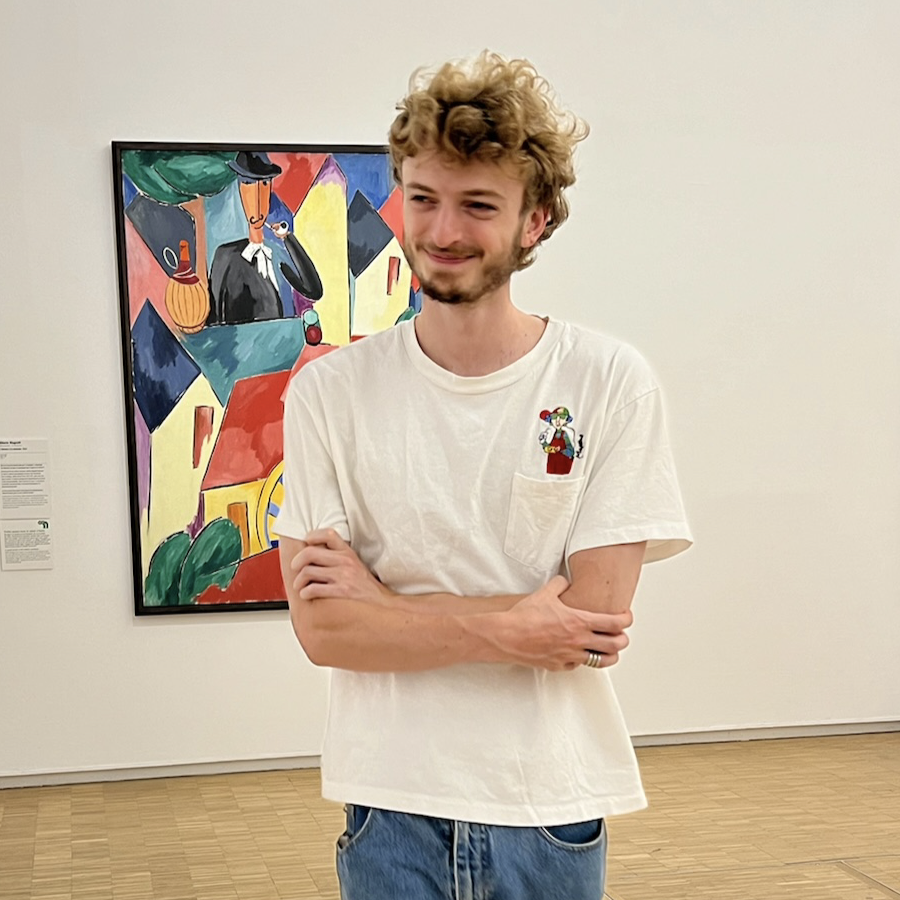When & where
Class: MTWTF, 1:00-2:15pm @ Gilman 400.
Office hours: Wednesdays, 3:00-4:00pm @ Ames 101 (and by appointment).
What
Why do some songs get stuck in your head? Why are certain things easier to remember than others? Does Jackson Pollock paint “randomly” (and if so, what does that even mean)? These questions contain both psychological components and aesthetic components. In this course, we’ll unify these two kinds of questions through information theory — the statistical and mathematical principles underlying how we process, represent, and use information. We will explore how tools and principles from information theory can help us understand our minds and our aesthetic experiences. This course will contain an introduction to information theory, a discussion of its application in psychology and art, and an analysis of scholarly literature and popular media on these topics.
Why
Minds are information-processing systems. So, it turns out that principles from information theory underlie much of how we see, hear, and process information. When information theory and psychology come together — to study each other, and to study art — awesome things happen. Like this.
